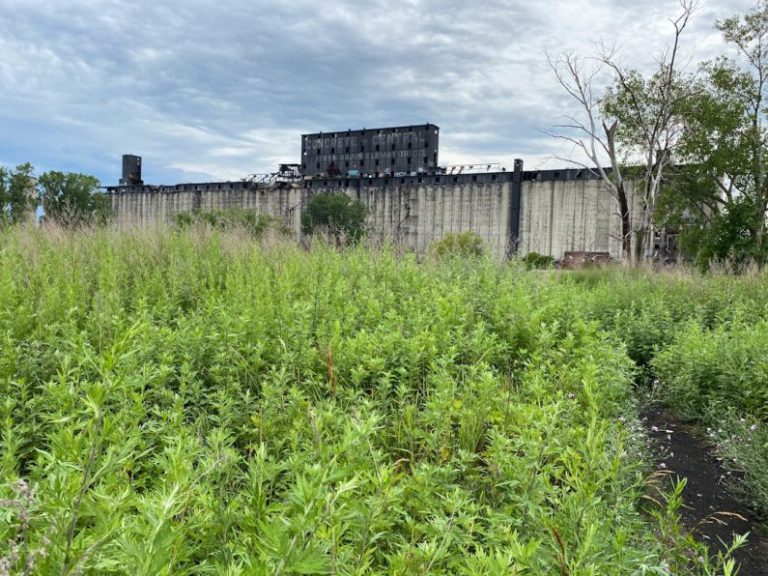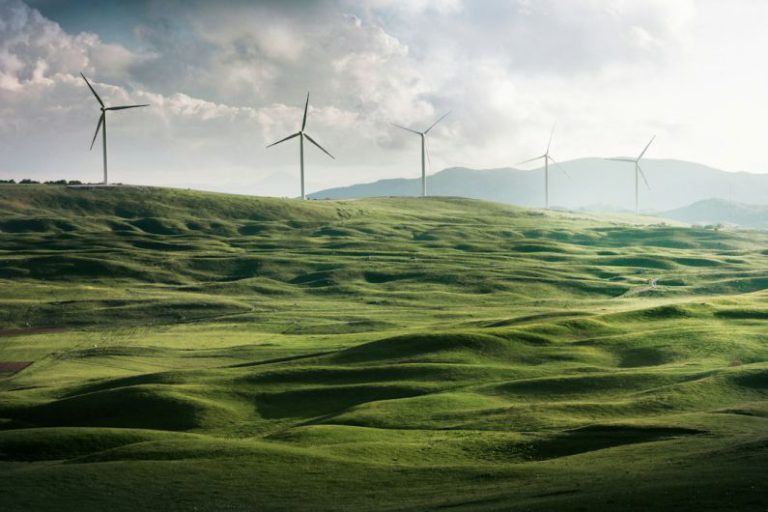Water Conservation Techniques in Tire Retreading Facilities
Tire retreading facilities play a crucial role in the sustainability of the automotive industry by extending the lifespan of tires and reducing waste. However, these facilities are also significant consumers of water due to the nature of the retreading process. Implementing water conservation techniques in tire retreading facilities is essential to minimize water usage, reduce costs, and lessen the environmental impact of this industry sector. By adopting innovative strategies and technologies, these facilities can make significant strides towards sustainable water management.
Efficient Water Recycling Systems
One of the most effective water conservation techniques in tire retreading facilities is the implementation of efficient water recycling systems. These systems allow for the collection, treatment, and reuse of water used in various stages of the retreading process. By recycling water, facilities can significantly reduce their overall water consumption and minimize the amount of wastewater generated. Investing in advanced water treatment technologies can help ensure that the recycled water meets quality standards for reuse in the retreading process, thus maximizing water efficiency.
Rainwater Harvesting
Rainwater harvesting is another valuable technique that tire retreading facilities can utilize to reduce their reliance on freshwater sources. By collecting and storing rainwater for use in non-potable applications such as equipment cleaning or facility maintenance, facilities can offset their demand for municipal water supplies. Installing rainwater harvesting systems can be a cost-effective way to conserve water and promote sustainability within the facility. Additionally, rainwater harvesting can help reduce stormwater runoff and alleviate pressure on local water sources.
Water-Efficient Equipment
Upgrading to water-efficient equipment is a practical step that tire retreading facilities can take to enhance water conservation efforts. By investing in modern retreading machinery and equipment that are designed to minimize water usage, facilities can achieve significant water savings without compromising operational efficiency. For instance, utilizing water-efficient tire buffing machines or pressure washers can help reduce water consumption during the retreading process. Regular maintenance and calibration of equipment are also essential to ensure optimal water efficiency and prevent leaks or water wastage.
Employee Training and Awareness
Employee training and awareness programs are instrumental in promoting a culture of water conservation within tire retreading facilities. By educating staff members on the importance of water conservation, as well as providing training on best practices for water use and management, facilities can empower their workforce to actively participate in water-saving initiatives. Encouraging employees to report any water leaks or inefficiencies promptly can help identify and address issues that may contribute to unnecessary water wastage. Engaging employees in sustainability initiatives can foster a sense of responsibility and collective commitment to water conservation goals.
Monitoring and Reporting
Implementing a systematic approach to monitoring water usage and reporting can help tire retreading facilities track their water consumption patterns, identify areas for improvement, and measure the effectiveness of water conservation measures. By installing water meters at key points within the facility and regularly monitoring water usage data, facilities can gain valuable insights into their water consumption dynamics. Establishing performance indicators and reporting mechanisms can enable facilities to set targets, evaluate progress, and adjust strategies as needed to optimize water conservation efforts. Regular water audits can also help identify opportunities for further efficiency gains and resource optimization.
In conclusion, water conservation techniques are essential for promoting sustainable water management practices in tire retreading facilities. By implementing efficient water recycling systems, utilizing rainwater harvesting, upgrading to water-efficient equipment, conducting employee training and awareness programs, and establishing monitoring and reporting mechanisms, facilities can significantly reduce their water footprint and contribute to environmental stewardship. Embracing a holistic approach to water conservation not only benefits the bottom line of tire retreading businesses but also supports the broader goal of building a more sustainable and resilient industry sector.






